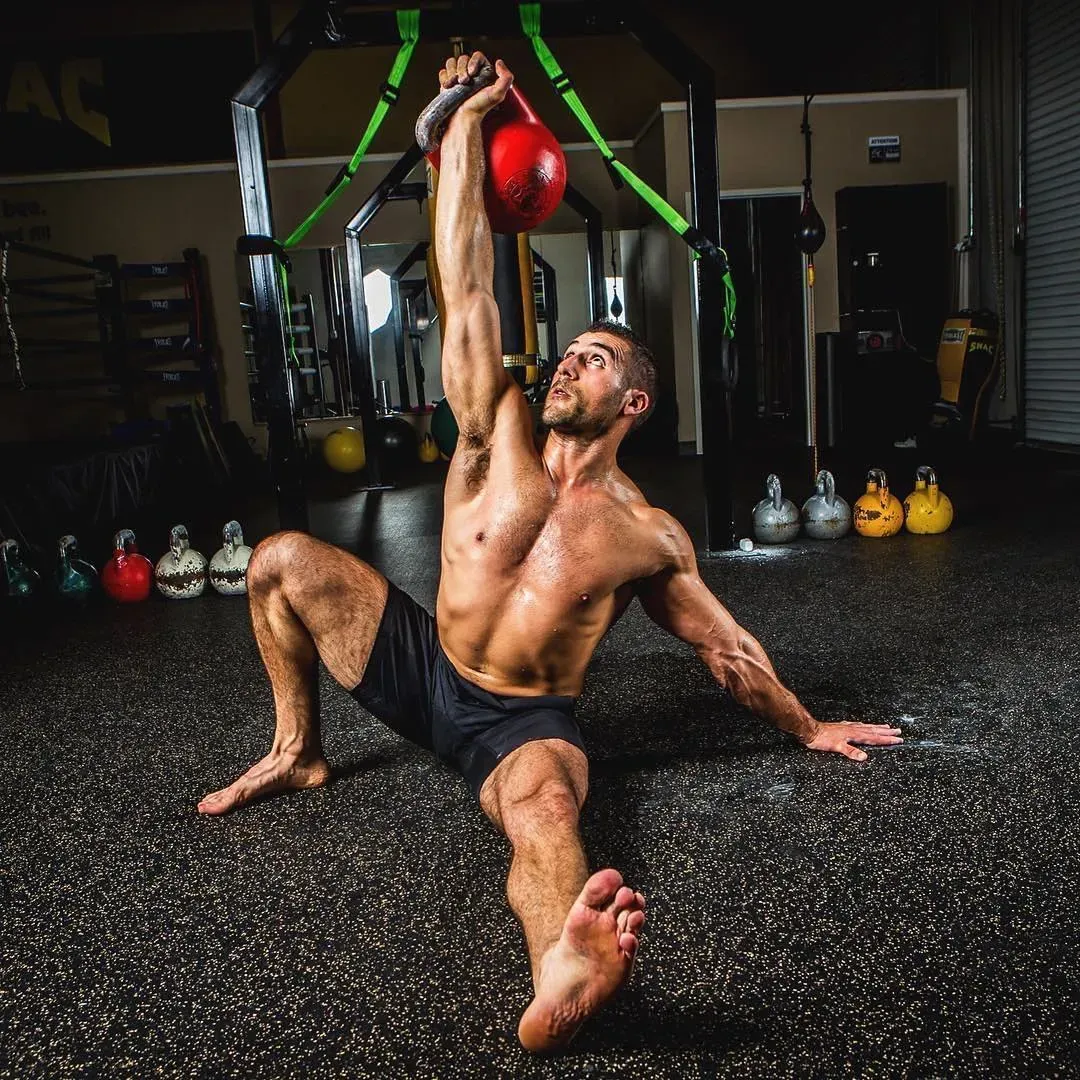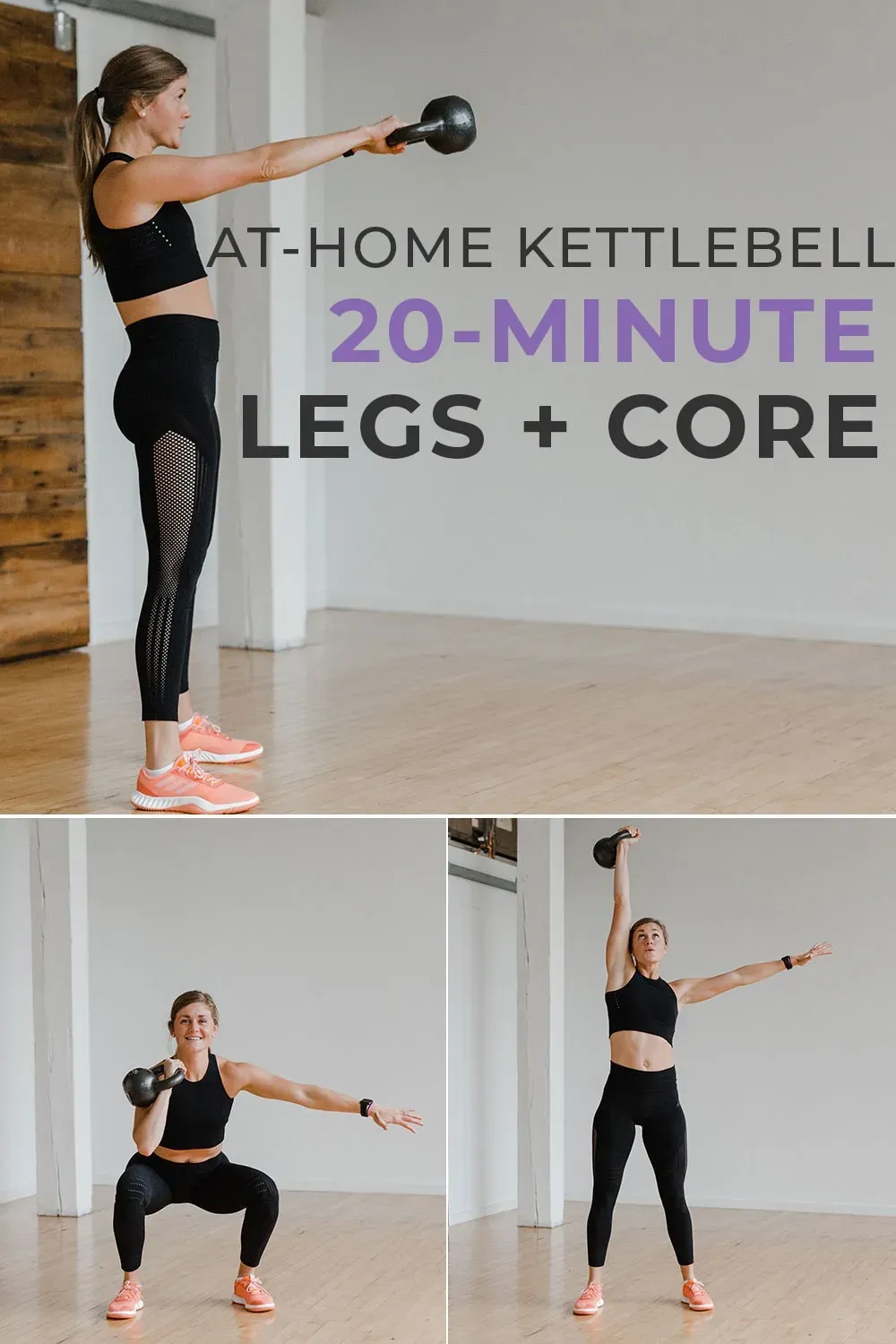Table of Contents
Let's be honest. Most gym-goers chase the 'mirror muscles' – chest, arms, shoulders. But ignore your legs, and you're building a house on sand. Strong legs aren't just about aesthetics; they're the foundation for power, stability, and preventing you from looking like an inverted triangle. If you've been slogging through endless sets on leg machines or just sticking to barbells, maybe it's time for a change. Enter kettlebells. These cannonball-shaped weights offer a dynamic, challenging way to build serious lower body strength and endurance. Forget the idea that kettlebells are just for swings. A well-programmed set of kettlebell leg workouts can torch your quads, hamstrings, and glutes while demanding serious core stability – something traditional machines often miss. We're not just talking about getting 'toned'; we're talking about functional strength that translates to real life, whether you're hauling groceries or sprinting for the bus. This article dives into why kettlebells are uniquely effective for leg training, breaks down the essential movements, explores advanced options, and guides you in putting together your own brutal, yet effective, kettlebell leg workouts.
Why Kettlebells Hit Your Legs Differently

Why Kettlebells Hit Your Legs Differently
It's All About the Offset Load and Swing
Look, a barbell squat is king for pure load. A dumbbell might offer some unilateral work. But a kettlebell? It's a whole different animal for your lower body. The weight isn't evenly distributed across your back or held symmetrically at your sides. It hangs below your hand, or you hold it racked or goblet style. This offset center of mass forces your stabilizing muscles, especially around your hips and core, to work overtime just to keep you upright and balanced. When you perform kettlebell leg workouts like swings or cleans, the ballistic nature of the movement demands explosive hip drive – that's pure power generation from your glutes and hamstrings, muscles often neglected in traditional quad-dominant leg routines. It's not just lifting; it's accelerating and decelerating weight, which builds a different kind of strength and resilience.
Demanding Core Engagement for Stronger Legs
Here's the kicker: you can't fake a kettlebell movement. Try a heavy kettlebell swing with a weak core and you'll look like a wet noodle. Every kettlebell leg exercise, from a simple goblet squat to a complex lunge variation, requires significant bracing from your abdominals and back. This isn't just about aesthetics; a strong core is crucial for transferring force effectively from your lower body. Think of your body like a chain; if the link in the middle (your core) is weak, the power generated by your legs dissipates. Kettlebells force that middle link to get strong, which in turn allows your legs to produce more power and handle heavier loads safely. It's functional strength at its finest, integrating your entire body rather than isolating muscle groups.
So, what makes kettlebells unique for legs?
- Offset weight challenges balance and stability.
- Ballistic movements build explosive hip power.
- Requires intense core engagement for force transfer.
- Integrates multiple muscle groups simultaneously.
- Demands grip strength, adding another dimension.
Foundation Moves for Your Kettlebell Leg Workout

Foundation Moves for Your Kettlebell Leg Workout
Mastering the Kettlebell Swing: The Hip Hinge Powerhouse
Alright, let's get down to brass tacks. If you do *one* thing with a kettlebell for your legs, make it the swing. This isn't some arm exercise; it's pure, unadulterated hip power. Think of it like jumping, but horizontally, with weight. You're not squatting the weight up; you're hinging at the hips, snapping them forward to drive the bell out. This movement pattern hammers your posterior chain – your glutes and hamstrings – like nothing else. These are the muscles responsible for explosive movements, sprinting, and frankly, not having a sad-looking backside. Getting this hinge right is crucial for all future kettlebell leg workouts and protects your back by teaching you to move from your hips, not your spine.
The Goblet Squat: Your Kettlebell Squat Foundation
Once you've got the hinge down, you need a solid squat. The kettlebell goblet squat is arguably the best way to learn and reinforce proper squat mechanics, especially for kettlebell leg workouts. Holding the bell at your chest (like you're holding a goblet, hence the name) acts as a counterbalance. This helps you stay upright, encourages you to push your knees out, and allows you to sink deeper into the squat with a more vertical torso than you might manage with a barbell. It hits your quads, glutes, and inner thighs effectively. Plus, holding the weight in front forces significant upper back and core engagement to keep you from rounding over. It's simple, effective, and a non-negotiable part of foundational kettlebell leg workouts.
Why start with these two?
- The Swing builds explosive hip power (posterior chain focus).
- The Goblet Squat reinforces proper squat mechanics (quad and glute focus).
- Both movements demand significant core stability.
- They teach you how to handle the unique kettlebell load.
- Mastering these makes more complex kettlebell leg workouts accessible.
Power Up Your Lower Body with These Kettlebell Leg Exercises

Power Up Your Lower Body with These Kettlebell Leg Exercises
Getting Down to Specifics: More Kettlebell Leg Builders
Alright, you've got the swing down, you can goblet squat like a champ. Now it's time to really lean into building that lower-body power and strength with a wider range of kettlebell leg exercises. This is where you start hitting those muscles from different angles and adding more complex movement patterns that mimic real-world actions. We're talking about exercises that challenge your balance, work one leg at a time (which is crucial for addressing imbalances), and demand serious coordination. Don't just stick to the same old routine; mixing it up keeps your body adapting and prevents plateaus. Think of these as essential tools in your toolbox for crafting killer kettlebell leg workouts.
Ready to add some variety and intensity? Here are a few key kettlebell leg exercises to integrate:
- Single-Leg Deadlifts: Brutal for hamstrings, glutes, and balance.
- Walking Lunges: A fantastic way to build unilateral strength and endurance.
- Bulgarian Split Squats: Deep range of motion, major quad and glute builder.
- Sumo Deadlifts: Hits the posterior chain with a wider stance, often allowing heavier loads.
- Step-Ups: Works the quads and glutes, great for power off one leg.
Beyond the Basics: Advanced Kettlebell Leg Workouts

Beyond the Basics: Advanced Kettlebell Leg Workouts
Adding Complexity: Cleans, Snatches, and Flows
so you've mastered the swing and the goblet squat, maybe even dabbled in single-leg variations. You're feeling confident. Now, let's talk about kicking things up a notch. Advanced kettlebell leg workouts aren't just about lifting heavier; they're about linking movements, demanding more coordination, and generating serious power through transitions. Think kettlebell cleans into front squats, or snatches that require explosive leg drive to get the weight overhead. These aren't static lifts. They're dynamic, full-body efforts where your legs initiate the power that travels up through your core and into your upper body. Mess up the timing or the leg drive, and the bell goes nowhere, or worse, it lands awkwardly. This level of complexity forces your nervous system to work harder, improving athletic performance beyond just brute strength.
Combining Movements for Brutal Complexes
Another way to step up your kettlebell leg workouts is by chaining exercises together without putting the bell down. These are often called complexes. Imagine doing a clean, then a front squat, then a push press, all in one sequence. While the upper body is involved, your legs are constantly working – absorbing force, generating power, and stabilizing. Or consider a complex focused purely on the lower body: a single-leg deadlift, followed by a reverse lunge, then maybe a single-arm swing on that side. Complexes build incredible muscular endurance, challenge your grip, and force your body to work as a cohesive unit under fatigue. They aren't for the faint of heart and require proficiency in each individual movement before you string them together. It's less about the weight on the bell and more about the cumulative effect of sustained effort.
Ready to try a simple advanced complex? (Use a lighter weight than you would for individual exercises!)
- Perform 5 single-arm cleans on one side.
- Immediately perform 5 front squats (holding the bell in the rack position on that side).
- Immediately perform 5 reverse lunges on the opposite leg (while still holding the bell).
- Switch hands and repeat the sequence.
- Rest, then repeat for 3-5 rounds. Good luck walking tomorrow.
Crafting Your Own Kettlebell Leg Workout Plan

Crafting Your Own Kettlebell Leg Workout Plan
Putting It All Together
so you've got the foundational moves, you've seen the more advanced stuff, and your legs are probably twitching just thinking about it. Now, how do you actually stitch this into a plan? Crafting your own kettlebell leg workout plan isn't rocket science, but it requires a bit more thought than just picking random exercises. Start by figuring out what you actually want to achieve. Are you chasing brute strength, explosive power, or just better endurance? Your goal dictates the exercises you pick, the weight you use, and the rep ranges you target. Don't try to do everything at once; that's a recipe for burnout and subpar results. Think about frequency too – how many days a week can your legs realistically handle this kind of abuse and still recover? Building a solid plan means being smart about volume and intensity, not just throwing heavy weight around until your knees scream.
Finish Strong with Kettlebell Legs
So, you've seen how kettlebells aren't just a trendy gym accessory; they're a legitimate tool for building formidable lower body strength. From the foundational swing to challenging single-leg work, kettlebell leg workouts demand more than just brute force – they require coordination, balance, and serious core engagement. Neglecting your legs is a mistake, and ignoring the unique benefits of kettlebells for lower body training is leaving gains on the table. Incorporate these movements thoughtfully, focus on form over weight, and you'll find your legs, and indeed your entire body, respond in ways traditional methods might not. It's about functional power, not just flexing in the mirror. Give your lower body the respect it deserves with the dynamic challenge of kettlebells.